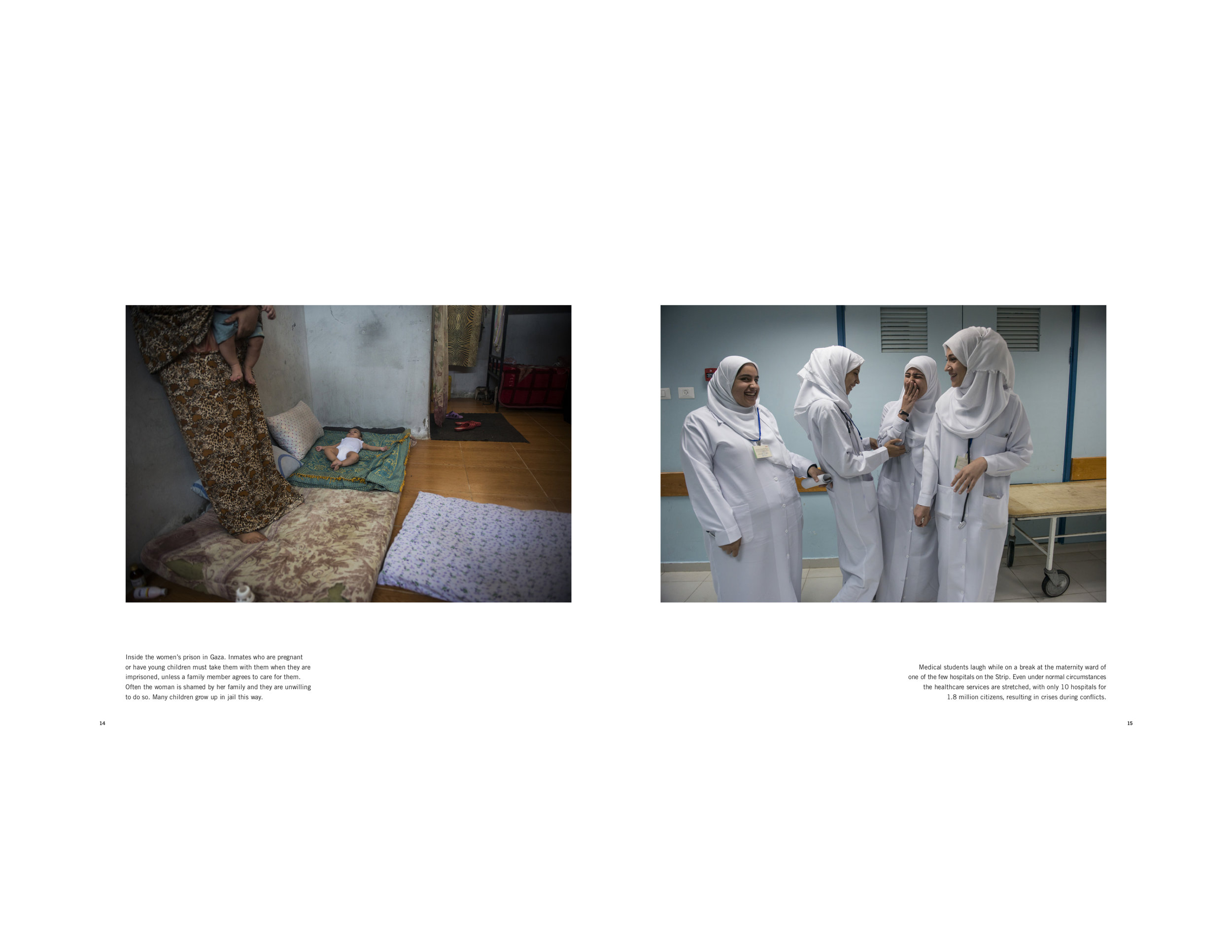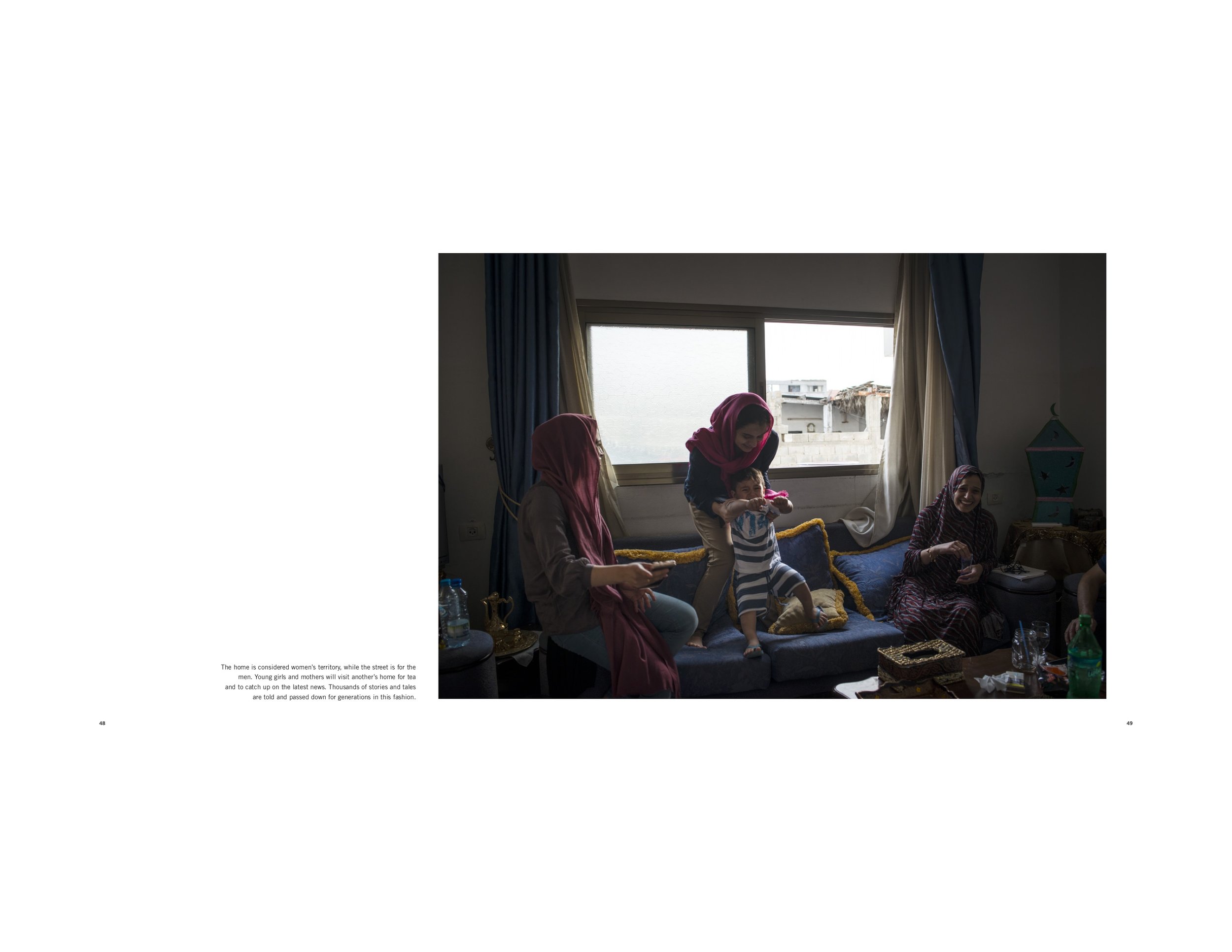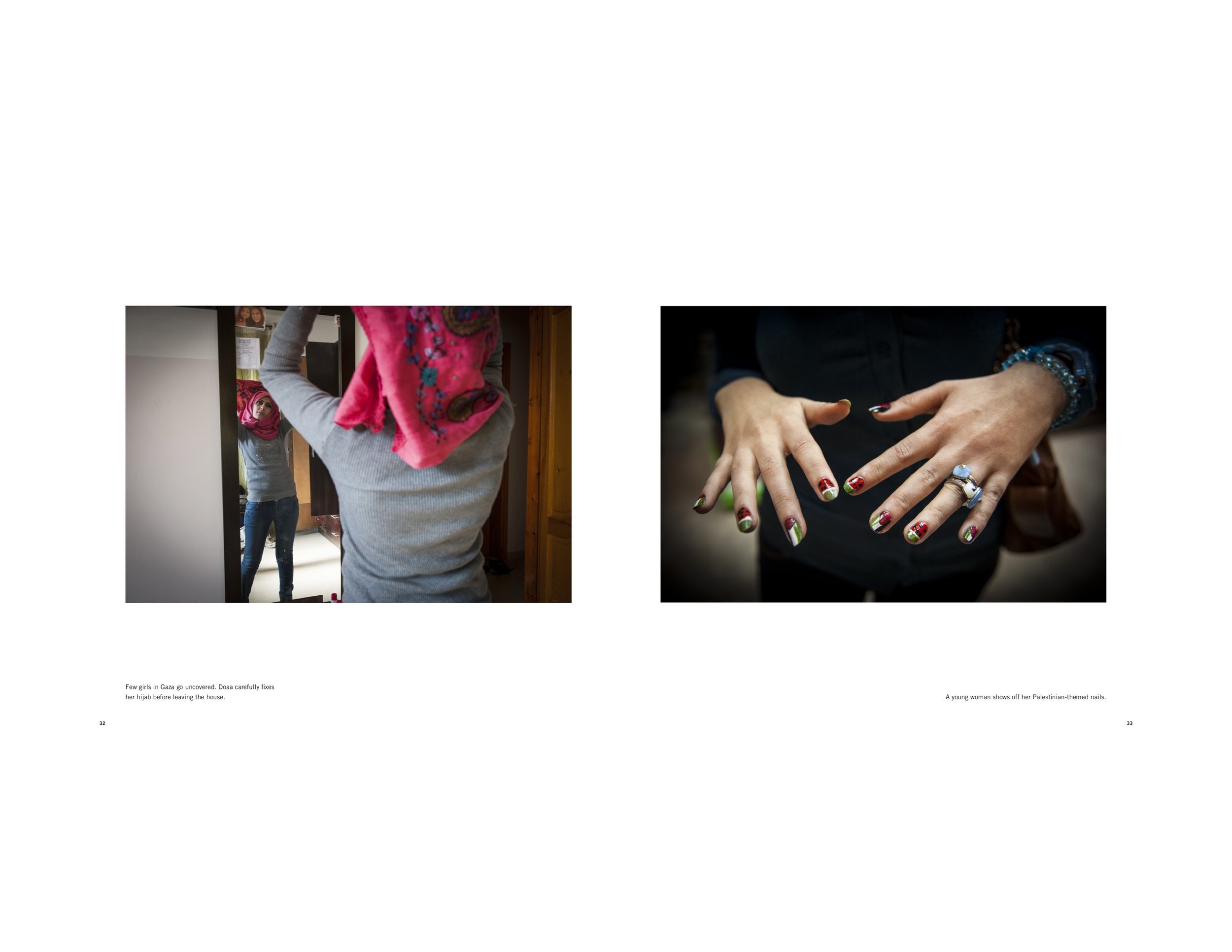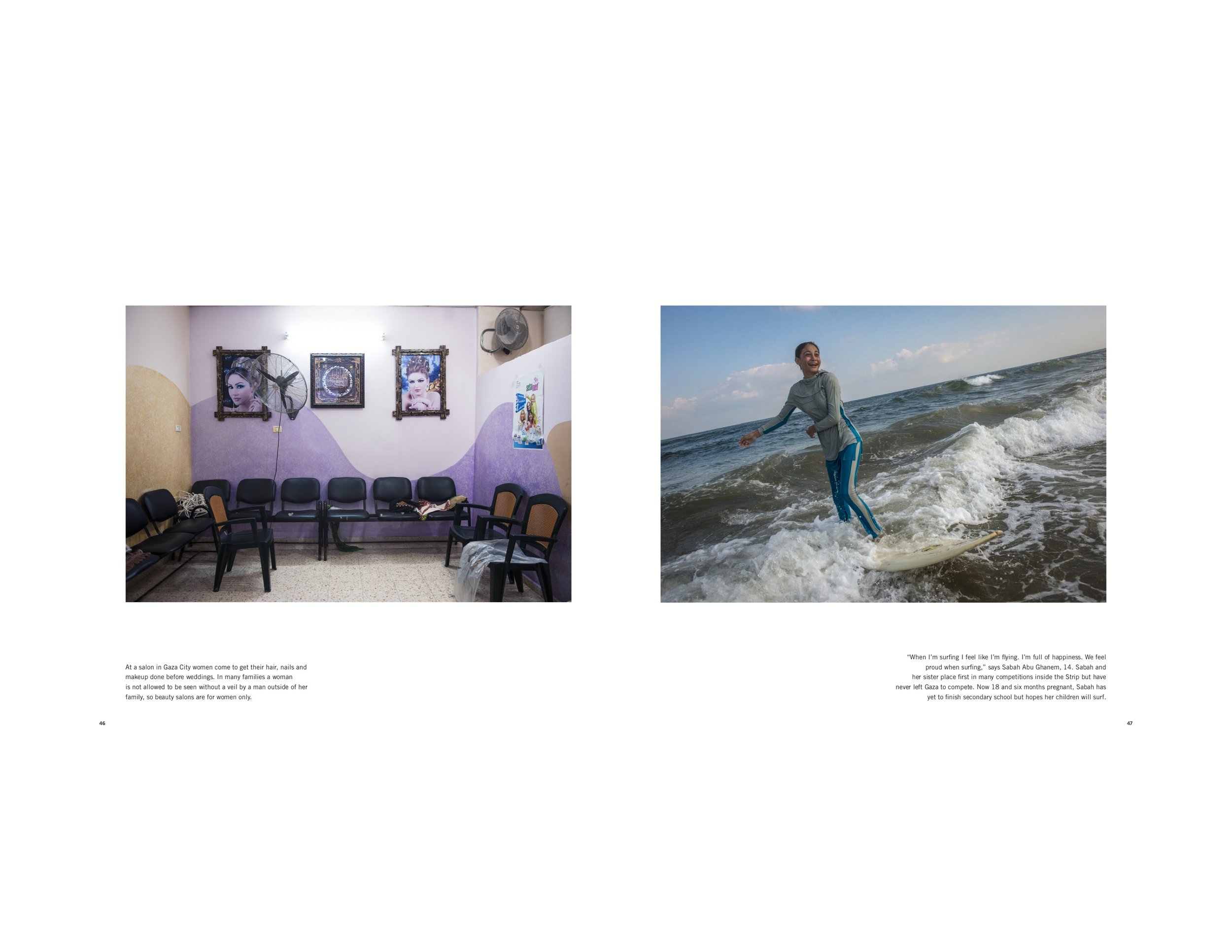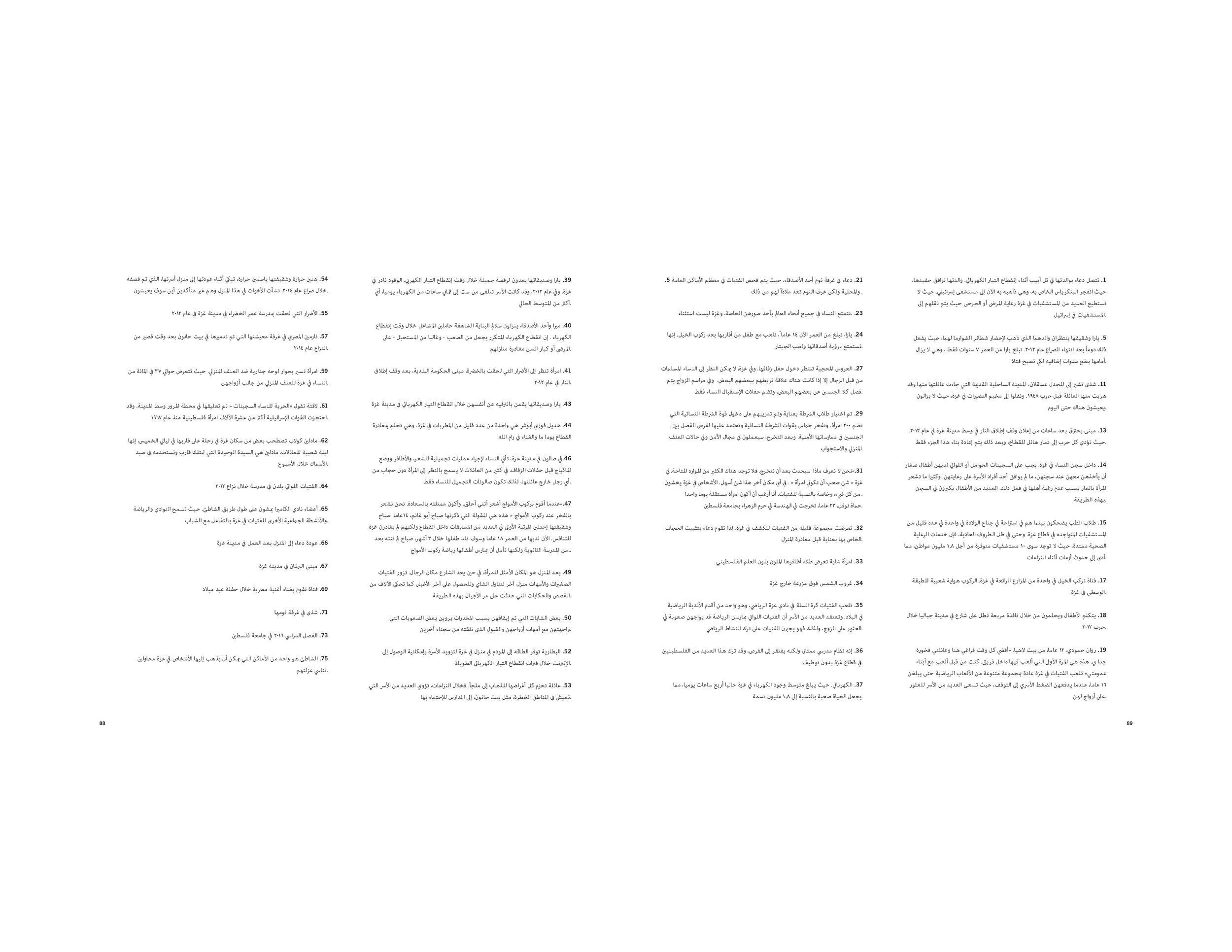Gaza Girls: Growing Up in the Gaza Strip
When you’re a young girl in Gaza, your existence is defined by its boundaries — literal and metaphorical, defined by both regional and cultural politics. Families are tight-knit and watchful over their daughters. Privacy and mobility are both scarce. Many women say that in a place as small as Gaza, it is impossible to be truly free. Yet, there are moments of joy found in laughs at school, shared secrets with friends and moments alone to dream. Like many peers around the world, these girls are figuring out who they are in a world built by grown-ups. Navigating girlhood is universal, even if the circumstances are not.
Gaza is a troubled land— a 45-square-mile district, isolated by towering concrete blast walls, reams of barbed wire and foreign soldiers who patrol its perimeters. After years of blockades and travel restrictions, the territory is shut off from the rest of the world. At night the never-ending buzz of drones lull you into a light sleep under their watchful din. If you stand on the beach you can see lights coming from Israel — a land that you will never be able to touch. Boundaries and surveillance define your existence and growing up there isn't easy.
So often we see Gaza through a dimensional lens of violence and conflict. Stories about quieter moments like these are often overlooked, though they offer a powerful look into world unseen by many. This work amplifies the everyday moments of joy and hope.
I first travelled to Gaza to cover an eight day war between Israeli defense forces and Hamas. That was five years ago, and I have returned again and again since then, driven to document the strength, creativity and vibrancy of Palestinian girls and young women. I am awed and haunted by their tremendous resilience, even in the face of unimaginable adversity. I also see so much similarity between these teenaged girls and the teenaged girl I once was, despite our different circumstances.
This hardcover book was published by FotoEvidence in early 2018 and is currently shipping.
The forward is written by Abeer Ayyoub, a Richard Beeston Bursary scholar holding a BA in English literature from The Islamic University of Gaza in 2010, she began her career as a human rights consultant at Human Rights Watch the following year. Since 2012 she has been working as a journalist, based in Gaza, for Haaretz newspaper, Al-Monitor and freelancing for other international media outlets including The Guardian and The Mirror.
Designed by Bonnie Briant, who lives and works in New York City. Her projects regularly feature in the “Books of the Year” lists by Time Magazine, the New York Times, American Photo and National Geographic. Her versatility has allowed her to design award-winning books about everything from Nigerian novelists living with Boko Haram (Diagram of the Heart by Glenna Gordon) to intimate portraits of a family’s trials with cancer (The Family Imprint, by Nancy Borowick). Edited by Peter Curtis.

